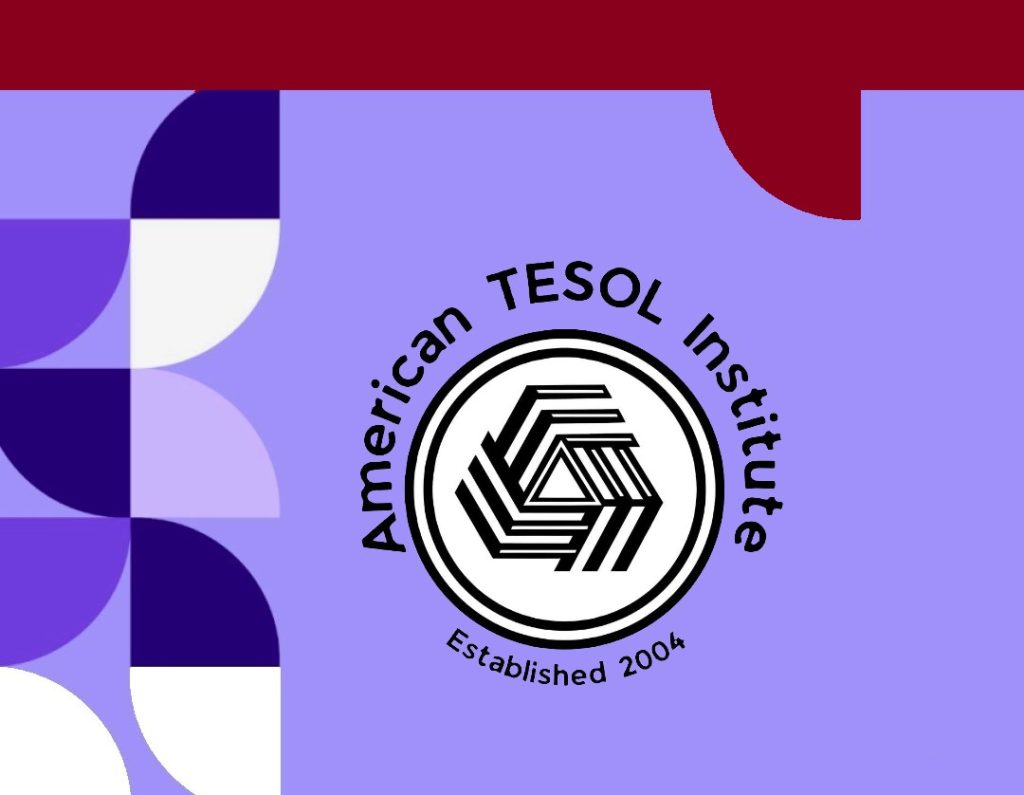Teaching English in the United States is inseparably linked to multiculturalism. Families from around the globe immigrate to the U.S. while striving to preserve their ethnic identities and traditions. Because culture underpins every student’s identity, English language instruction has become deeply intertwined with cultural context.
Meeting Legal and Societal Demands
Federal law prohibits discrimination on the basis of national origin or culture, a principle that directly supports the mission of TESOL programs. According to the U.S. Census Bureau, over 54.8 million people in the country speak a language other than English at home. In recent years, the demand for English language instruction has surged—experts project that approximately one quarter of the U.S. public school population will be English Language Learners (ELLs) by 2025. In New York State and beyond, schools face an urgent need for TESOL services.
For TESOL educators, this rising demand presents an opportunity and a responsibility: the chance to fulfill learners’ linguistic needs while also respecting and integrating their rich cultural backgrounds. Teaching English can serve as a bridge across cultural boundaries, offering a way for diverse groups to interact and thrive in a shared environment.
Culture as a Catalyst for Language Acquisition
Language acquisition is inherently shaped by cultural influences. At its core, language functions as the primary channel for sharing cultural knowledge and social norms. When English instruction incorporates learners’ socio-cultural contexts, students are more likely to develop functional competence and confidence in using the language. Literature, storytelling, and other culturally rich materials can be powerful tools for language socialization, showcasing how cultural nuances inform linguistic expression.
Culture can act as a catalyst, accelerating language acquisition by connecting academic concepts to students’ lived experiences. For TESOL teachers, weaving cultural references into lesson plans—whether through music, art, literature, or discussion—offers multiple benefits:
-
Relevance: Students see themselves and their communities reflected in the curriculum.
-
Engagement: Authentic, culturally resonant content piques curiosity and motivation.
-
Retention: Learners remember new vocabulary and language structures more readily when tied to personal or cultural significance.
Fostering Intercultural Communication
New York State schools, like many others across the country, are linguistically and culturally diverse. Consequently, intercultural communication has never been more vital. As immigration increases, so too does the need to help students from various backgrounds communicate effectively with each other. TESOL educators are uniquely positioned to cultivate an environment that encourages tolerance, empathy, and respect.
By acknowledging both the commonalities and differences among students’ racial and cultural identities, educators can create more inclusive classrooms. English instruction, when thoughtfully administered, becomes a conduit for bringing diverse groups together. Rather than requiring students to shed their cultural practices, TESOL can help them celebrate these aspects of identity while mastering a unifying language.
Balancing Cultural and Linguistic Goals
For effective TESOL instruction, it is essential to address cultural and linguistic objectives side by side. This approach entails:
-
Integrating Culturally Relevant Content
Craft lessons around topics that resonate with students’ cultural experiences. Encourage learners to share cultural anecdotes, traditional customs, or community-based knowledge. -
Promoting High-Level Cognitive and Sociolinguistic Skills
Engage students with challenging themes and discussions that require them to use new language structures in meaningful ways. -
Encouraging Intercultural Awareness
Structure group work and class projects that bring together students of diverse backgrounds. Let them learn about, appreciate, and collaborate with each other. -
Bridging Cultural Gaps
Use language teaching as a way to foster understanding and reduce social distance between cultural groups. Emphasize the idea that language is an avenue for unity, not merely an academic requirement.
Addressing Globalization and Cultural Integrity
Globalization pressures can sometimes lead to fears about eroding cultural diversity, particularly if learners feel they must adopt the behaviors of English speakers. As TESOL professionals, it is important to teach English as a global lingua franca that supports communication and cooperation—without diminishing students’ cultural identities. Recognizing the contributions of minority cultures and valuing multilingualism can encourage students to retain their heritage languages and traditions, creating a true cultural exchange in the classroom.
Conclusion
In an era of increasing multiculturalism, English has become a common ground that can unite people from diverse backgrounds. For TESOL educators, this reality highlights both the privilege and the responsibility we hold: we can use English instruction not only to bolster students’ linguistic abilities but also to cultivate cultural competence and interpersonal understanding.
By embracing students’ heritage, fostering intercultural dialogue, and embedding cultural relevance into our curriculum, we empower future generations to thrive in a global society. Teaching English in the United States is more than a linguistic endeavor—it is a means of building bridges, celebrating identities, and shaping the inclusive communities of tomorrow.



